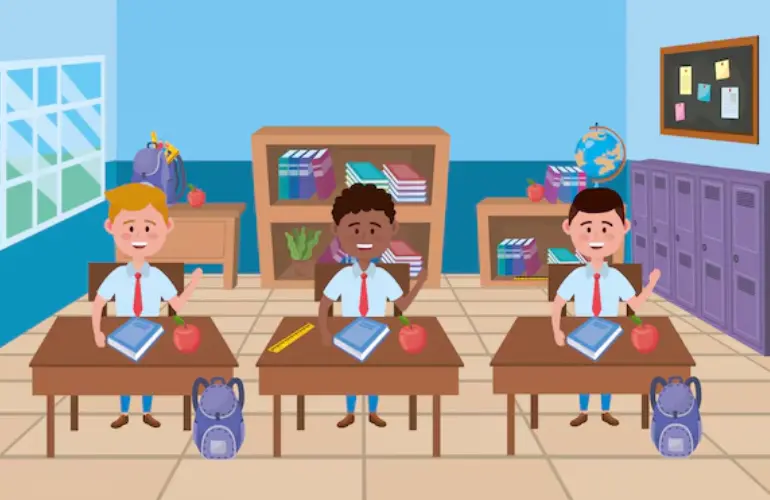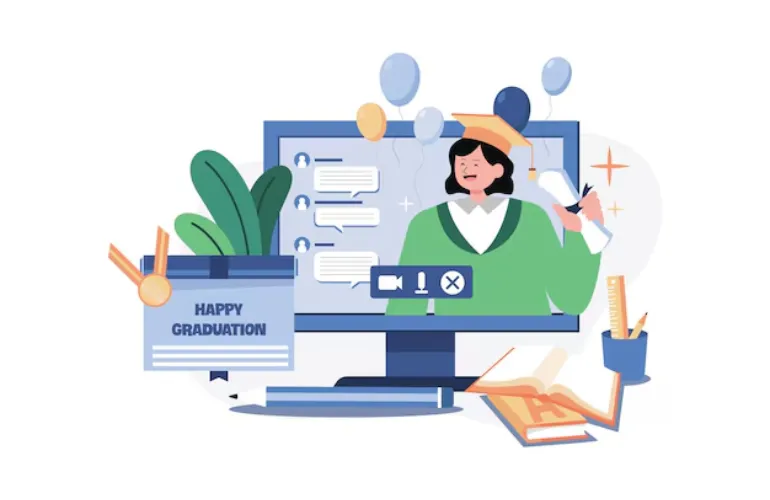It has attracted viewers around the globe because of its portrayal of ambition, competition, and survival in a high-stakes academic environment through the characterizations of Classroom of the Elite. This series is almost a portal into how students navigate through social expectations while fighting personal struggles. But deeper than the fictional narrative, on a real note, these characters really reflect challenges many face within competitive systems. Let’s talk about how these characters personify ambitions and how their stories really resonate with viewers on a deeper level.
Classroom of the Elite Characters and Their Ambition
Since the beginning, Classroom of the Elite has introduced a cast of students that are not only academically geared but also socially strategic. Ambition from each character identifies his or her role within this highly competitive school known as Advanced Nurturing High School. It builds an environment that makes students need to outcompete one another for the top. The pressure for performance very much replicates the struggles that many have to go through in real life within their competitive space, be it school, career, or personal life.
Ready to read: BYU Education Week 2024
For example, the main character, Ayanokoji, is portrayed as one with hidden potential. His means of survival within the system reflects real-world mentality in that one works from behind the scenes quietly and waits for a good opportunity to finally present themselves. Most professionals do this in order to be successful in their respective, cutthroat environments without drawing too much heat towards their persons. The character of Horikita is yet another great representation of ambition-how her transition from that one lone wolf-like serious girl who knew what she was getting into to one who learned the use of cooperation, similar to how, in reality sometimes teamwork is also an essential element in different situations.
Pressure and Competition Expressed in Classroom of the Elite Characters
Classroom of the Elite takes place in a school setting that is but a mock of an actual competitive system where students are ranked according to their achievements. The top gets rewards while the lower ranking gets penalties. The dynamics occur exactly with how modern society usually rewards high achievers and lets down or punishes those who are failures. Examples of such characters, such as Kushida and Ryuuen, show the extreme lengths that people will go to in order to achieve success, mirroring scenarios that visibly occur in the real world. For example, people may resort to unethical behaviors such as sabotage or manipulation simply to stay on top of others.
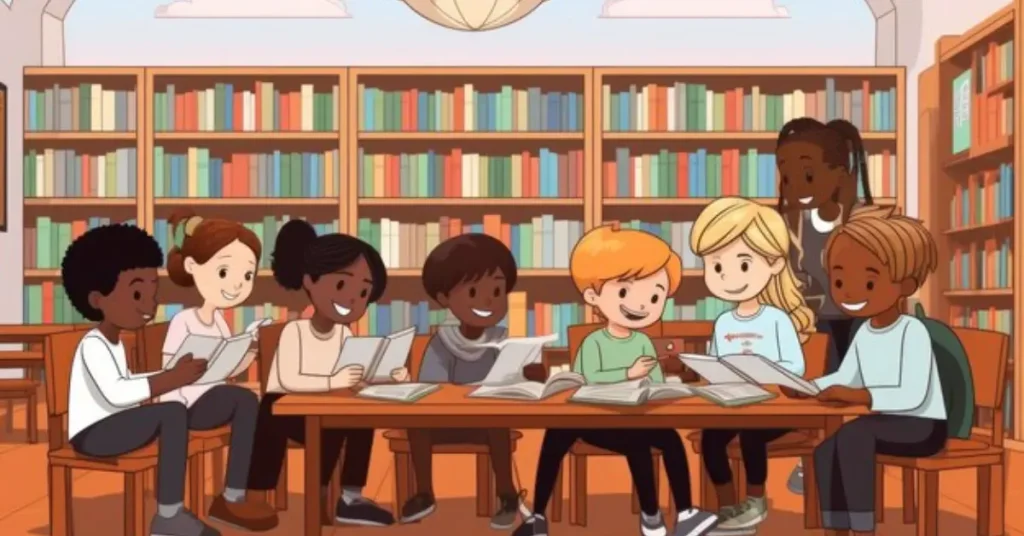
However, Classroom of the Elite goes beyond pointing out ambition and competition. The series also shows the aftereffects of constant pressure taken on a psychological level. Mental and emotional burden huge among the characters-it depicts a condition where high expectations dent one’s well being. It resonates with viewers, probably because they may have felt similar weights in their lives, too, in school, workplaces, or personal lives.
How Classroom of the Elite Characters Handle Social Status
Social status forms another theme that is deeply explored in Classroom of the Elite. The ranking system, while largely based on academic performance, further escalates into social relations. Higher-scoring students secure greater privileges and advantages socially, whereas lower-scoring students are often ostracized. Similarly, in the real world, success usually follows a person’s social standing. Characters such as Ichinose, who manage to consistently maintain their high social standing despite heavy pressure, definitely personify the struggle reputation vs. internal conflict demands.
Status in a competitive environment makes people try either to maintain or increase it. Classroom of the Elite Characters do a great job showing how each of them has been taking it differently when it comes to their status. Some of them, like Ayanokoji, really don’t care about status. Others, like Ryuuen, manipulate and control others through the system. These divergent ways show different approaches to navigating the complexities of social hierarchies out in the real world.
The Lessons from Classroom of the Elite Characters
Classroom of the Elite Characters does more than entertain; it does teach salient lessons about ambition, competition, and the psychological toll of high-pressure settings. As viewers follow the struggles and victories of the characters, they are reminded of the troubles that come with chasing success. One thing which the series shows is that while ambition is required to achieve success, it needs to be equated with ethical behavior and an understanding of the emotional and mental costs involved. Study About.
One of the major takeaways from Classroom of the Elite is that it isn’t all about being the best. Characters like Ayanokoji prove that strategy, coupled with patience, serves as a prevalent version of self-awareness. It often means success knowing when to make your move, whom to trust, and how to manage relationships in the real world. In the same way, Horikita’s path taught her students that collaboration and empathy are equally important as individual achievement.
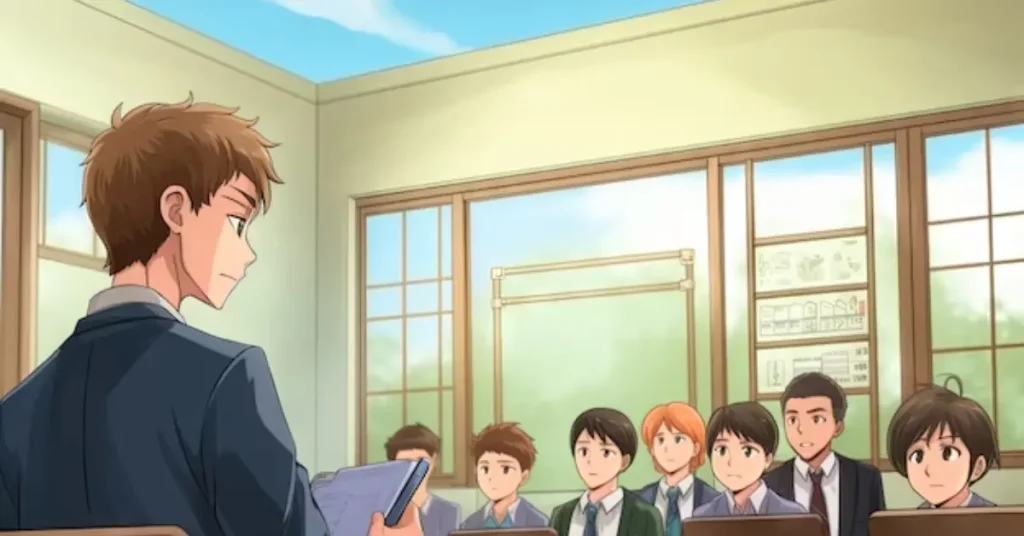
1. How does Ayanokoji’s character reflect real-world behavior?
Ayanokoji’s character epitomizes how some people come out on top in competitive worlds with their calculated moves and patience. Even in reality, those who watch and observe silently before making their move are often the ones to come out on top without being in the spotlight.
2. Why is ambition the central theme in Classroom of the Elite?
Ambition propels the events in Classroom of the Elite, whereby students work up the ranks. The competitive worlds in our existence, including schools and workplaces, demonstrate success due to ambition and effort put forth.
3. What does one learn about character development regarding Horikita’s?
Success related to character development in Horikita implies cooperation and empathy are necessary for one to make it in competitive systems.
4. Where does social status feature in Classroom of the Elite?
Social status features in the elite class, whereby students receive various privileges and maintain relationships depending on their ranking. This is reflective of how it works in real life, where one’s success and social standing are often closely related.
5. What kind of mental effects do the characters of Classroom of the Elite face?
This means the characters are put under immense psychological pressure, reflecting real-world stress that is experienced in competitive systems. It shows how continued expectations may lead to emotional and mental strain.
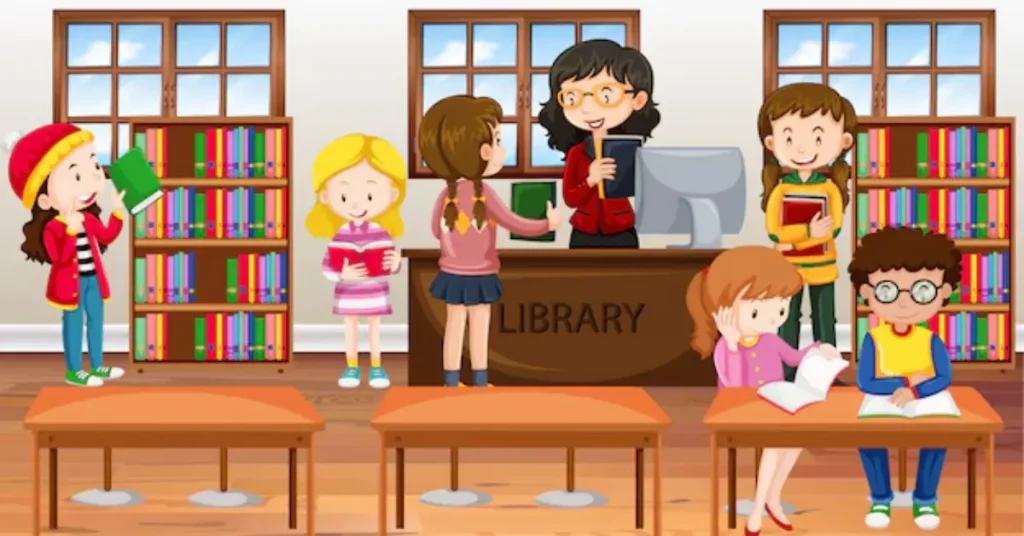
Conclusion
The Classroom of the Elite characters are not just there to weave an interesting story but to act like mirrors to real-life struggles and ambitions that indicate psychological effects brought about by competition. Their experiences may show the ways of navigating the competition worlds-whether it be school, work, or social situations in which they live. Strategy, collaboration, and self-awareness are key in each character’s journey to success without sacrificing their mental well-being. A lesson from the series reminds us that while ambition is necessary, it should not be reached at the expense of ethics or emotional health.

